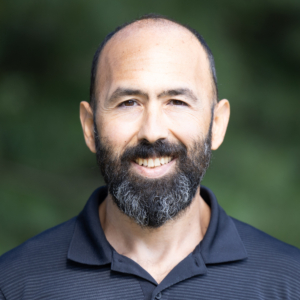Neural networks (NNs) are attractive for nonlinear impairment compensation applications in communication systems, such as optical fiber nonlinearity, nonlinearity of driving amplifiers, and nonlinearity of semiconductor optical amplifiers. Without prior knowledge of the transmission link or the hardware characteristics, optimal parameters are completely constructed from a data-driven approach by exploring training datasets, once the NN structure is given. On the other hand, due to computational power and energy consumption, especially in high-speed communication systems, the computational complexity of the optimized NN needs to be confined to the hardware, such as FPGA or ASIC without sacrificing its performance improvement. In this paper, two approaches are presented to accommodate the NN-based algorithms for high-speed communication systems. The first approach is to reduce computational complexity of the NN-based nonlinearity compensation algorithms on the basis of weight pruning (WP). WP can significantly reduce the computational complexity, especially because the nonlinear compensation task studied here results in a sparse NN. The authors have studied an enhanced approach of WP by imposing an additional restriction on the selection of non-zero weights on each hidden layer. The second approach is to implement NNs onto a silicon-photonic integrated platform, enabling power efficiency to be further improved without sacrificing the high-speed operation.


